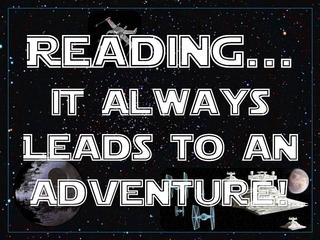This book has been on my to-read list for many years, as it was recommended by a fellow teacher. When it was made into a movie, I was almost enticed again to pick it up. For some reason, I always put other books ahead of it in my reading priority list.
View the trailer here:
The book starts out slow, in my opinion, going through an exhaustive explanation of Pi's childhood. Long story short, Pi's father owned a zoo. Pi was also conflicted with and at peace with three different religions.
When Pi's father sells his zoo and decides to move the family to Canada, the ship is sunk in the middle of the Pacific ocean. Pi proceeds to tell the story of his survival aboard a ship in the company of a Bengal tiger, hyena, zebra, and an orangutan. The story is fanciful yet realistic enough to almost be believed. The reader is led to take this as the true story until the end, when he offers an alternate story where each animal represents a person that was on the boat. In either story, the facts remain similar. This is the reason that this book has been used in schools, and the subject of much questioning.
One can read this book as a thrilling survival story that builds on the young zoo-keeper's son's knowledge of vicious predators. Or, it could be read as a tale of symbolism that hides the brutal truth of a murderous situation. Either way, it presents the reader with an opportunity to consider two main questions.
First, one might consider this book as a commentary on religion. What do Hindu, Christian, and Muslim religions share in common? Can a person simultaneously practice all three? Why or why not? What are the reaction that others have when Pi attempts this? Furthermore, considering various aspects of his tale, the reader can find religious themes even in his time in the Pacific. For example, the mysterious algae island could be read as religion itself and the carnivorous tree as religious men of authority, while the meerkats could represent the general populace.
Equally, the book could be considered as a commentary on survival. Pi is a vegetarian, but his ordeal forces him to confront the bestial part of himself. At what point does instinct need to overcome custom when life is in question? What is justified in the face of such danger? In both versions of the story, Pi admits to cannibalism. Does this make him any less worth of admiration as a survivor?
Although the book is a bit of a slow read in places, the questions that linger after the reading are what make this book worth reading.
 Research Design: Qualitative, Quantitative, and Mixed Methods Approaches by John W. Creswell
Research Design: Qualitative, Quantitative, and Mixed Methods Approaches by John W. Creswell






